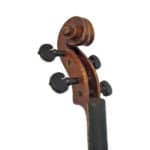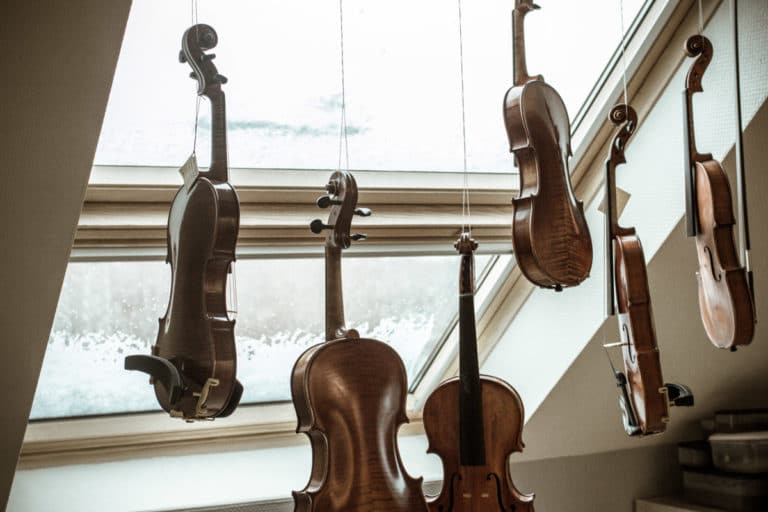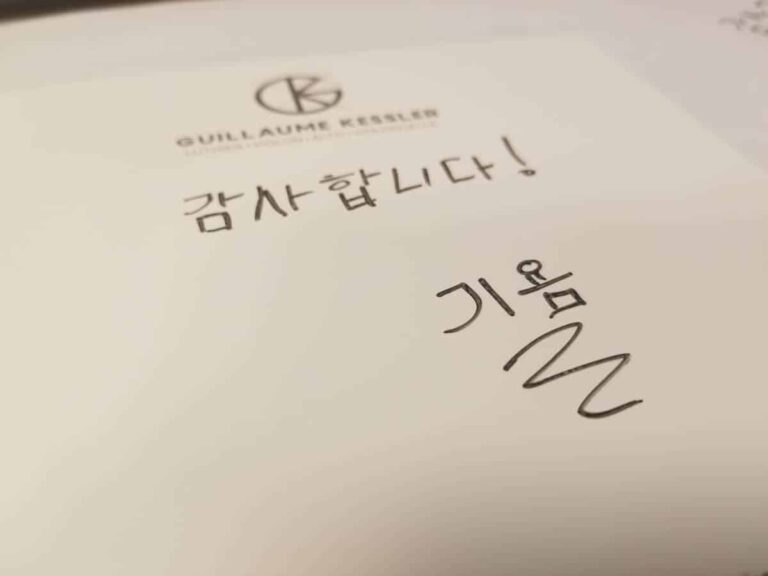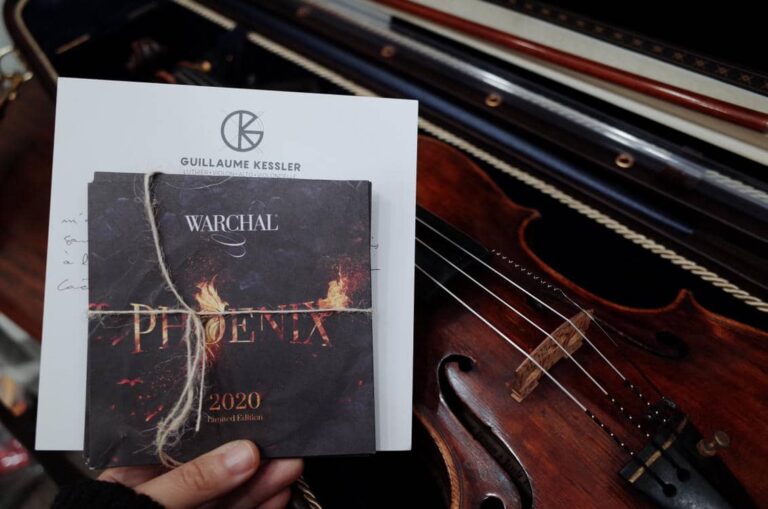In today's world, being left-handed is not a trivial matter. The world is dominated by a majority of right-handed people, whom it generally tends to favor. So cars, scissors, watches or writing become real headaches for users who aren't as dexterous with their right hand. But what about the violin? Is this perfectly symmetrical instrument also a problem for left-handers? Should they play with a left-handed violin? We'll find out in this article!
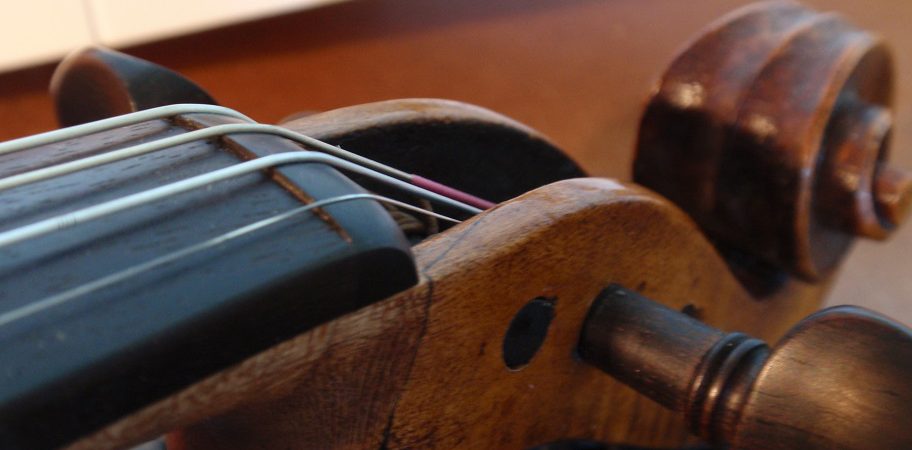
The violin, an asymmetrical instrument
In the orchestra, many instruments can be used indifferently, whatever the musician's leading hand. Examples include the piano, trumpet, harp and timpani. Other instruments, however, can only be used by right-handed musicians(or require the creation of special models). These include stringed instruments such as the violin, viola and cello, as well as the guitar and mandolin.
At first glance, the violin may seem perfectly symmetrical, with its curves perfectly traced with a compass. However, there are a number of elements that make it totally impossible for a left-handed musician to play it directly. Here are the operations that need to be carried out before the violin can be played:
- The ropes must exchange their positions symmetrically. This requires a complete modification of the pegbox.
- A new bridge must be cut to match the new string arrangement.
- Thecore and the soundbar must be inverted to follow the idea of symmetry in the assembly.
- If you use them, you'll need a left-handed chinrest and cushion.
Obviously, the cost of such a transformation is quite considerable. What's more, there's no guarantee that an instrument that has worked perfectly in standard symmetry will produce the same sound when inverted. This is why it is highly likely that a violinist who decides to play only left-handed instruments will never be able to play a Stradivarius or any other early instrument. This is not the end of the world, however, as many of today's luthiers are happy to create the instrument of their dreams.
Finally, I also wanted to mention the fact that left-handed accessories and instruments are generally more expensive than their right-handed equivalents. In addition to offering very little choice.
A left-handed bow
The bow can be used indifferently by left- or right-handed players. However, this must be specified when rehairing the bow, as the part of the wick with the most filling will change according to the attack side, which will be different.
The left-handed violin in the orchestra
According to several studies, around 16% of the world's population is left-handed. Even so, many left-handed people, particularly in Asia, are opposed by pressure from their religion or culture. In France, we can't really speak of a cultural or religious ban, but the world of classical music is perhaps an exception. Indeed, it is very rare to see a classical musician playing a left-handed violin.
First, when the child starts learning to play the violin, between the ages of 4 and 10. The question is generally not asked: this is the way to do it.
Secondly, in an orchestral formation where all the violinists and violists are arranged in close ranks. All the bow strokes are given in the same direction, which is always more harmonious visually. But it also avoids bow accidents and hazardous movements. Indeed, it's not uncommon to hear of left-handed musicians recluse themselves away from their peers, or even refused entry into orchestras simply for going against the grain.
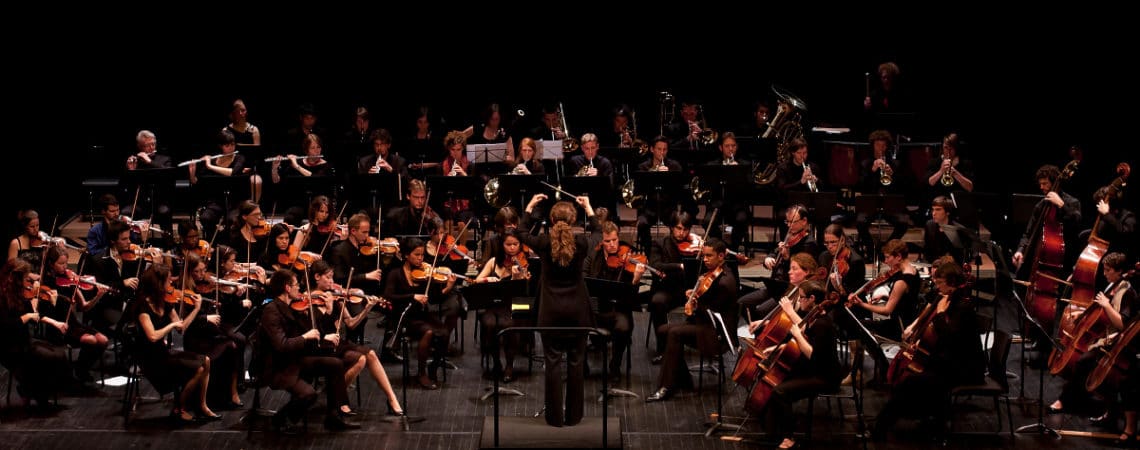
Which solution to choose if you're left-handed?
[pullquote align="center "]
Charlie Chaplin once challenged the virtuoso Jascha Heifetz to play his violin, taunting him that he couldn't play it. The famous musician took up the instrument to prove him wrong. The melodies that followed were nothing but horrible meows! It was a left-handed violin!
[/pullquote]
If you're left-handed and want to learn to play a bowed string instrument, you have two choices. Opt for a standard violin or a left-handed violin.
Choosing a standard violin
Most left-handed violinists learn to play their instrument as a right-handed player would. The left hand is used to control pitch, while the right arm manipulates the bow. A left-handed player will hypothetically find it easier to tune and string notes together. On the other hand, bow strokes will be stiffer and less precise.
In fact, naturally right-handed violinists sometimes accuse left-handers of having an unfair advantage over them! But in reality, each hand will have to become equally adept in its own field, and only hard work will bring about this ambidexterity.
Choosing a left-handed violin
Left-handed instruments are generally more difficult to find, more expensive and generally of lower quality. But it's a perfectly feasible solution if you decide to learn the violin on a fully adapted instrument. In this case, it will be a challenge for the teacher to adapt and transmit his or her pedagogy in a symmetrical way.
In other words, it's up to you to weigh up the pros and cons when choosing your instrument. But it's important to take into account the various points discussed in this article. Don't hesitate to try out both versions to see, for example, which sounds more natural to you. On the other hand, it's always a good idea to ask your teacher for his or her opinion on the subject. You can also contact me if you have any further questions.
New for left-handers
The entire Passion Tradition range is now available in left-handed models. Whether violins, violas or even cellos, you'll have access to top-quality instruments, both in terms of sound and craftsmanship. In fact, these are probably the highest-quality left-handed instruments you can get, ahead of those custom-made by a luthier. For a much lower budget, of course!
Discover Passion Tradition violins for left-handed players

